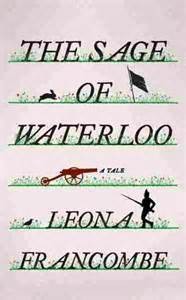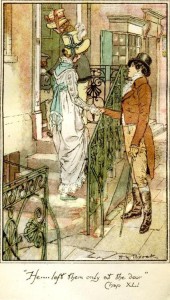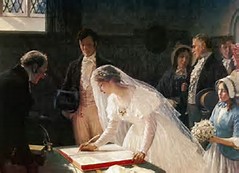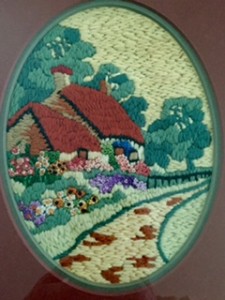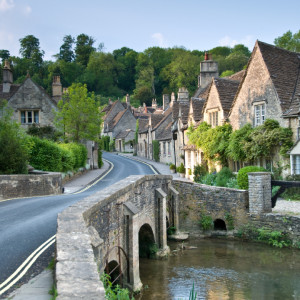As I begin the series that has been the subject of the occasional post here on Risky Regencies, I’ve been thinking about my hero and heroine, John and Mimi, and what makes them the unique and intriguing people they are. I’ve got it now but I won’t spoil the fun by talking about it when you can read about them before too long.
In the process of working it out I gave some thought to my past characters and what they have in common.
Anyone who knows me can guess that the key element they all share is “honor at the core of their being.” Though I could argue that Mia in COURTESAN’S KISS was right on the edge of honorable. She was just a bit too manipulative and selfish. Hopefully her loving relationship with her half-sister and her difficult youth made her behavior understandable and acceptable. And, in the end, of course, love conquers all.
At the other extreme of honor at the core has to be Michael Garret, the continuing character (not the hero) in the series I am writing now and the hero of LOVER’S KISS.  Michael abandoned his religious training and joined the army rather than accept a living that would have made him a puppet. Even as a spy (see TRAITOR’S KISS) he knew the cost of his work and helped his colleagues whenever the need arose, even when it threatened his own safety. He is settled now, responding fully to his call as a vicar (though an unconventional one) and finds great joy in the world around him. (And yes, Michael looks a lot like Liam Neeson.)
Michael abandoned his religious training and joined the army rather than accept a living that would have made him a puppet. Even as a spy (see TRAITOR’S KISS) he knew the cost of his work and helped his colleagues whenever the need arose, even when it threatened his own safety. He is settled now, responding fully to his call as a vicar (though an unconventional one) and finds great joy in the world around him. (And yes, Michael looks a lot like Liam Neeson.)
But there is one other element that my characters share and it’s what makes them unique in their world. Almost all of them defy the social norm in some way. Michael as an unconventional vicar. Mia, in her extreme, way insisting that she would become a courtesan.
Then there is Lady Olivia, the daughter of a duke, who loves the kitchen, 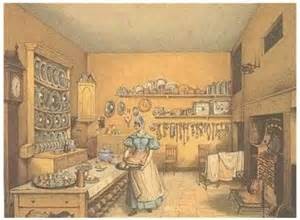 especially baking. Her brother, Lord David, decides to go into business despite the fact that gentlemen did not. The list goes on and includes either the hero or heroine and sometimes both in my “Kiss series” (Check out my website for titles and details: MaryBlayney.com)
especially baking. Her brother, Lord David, decides to go into business despite the fact that gentlemen did not. The list goes on and includes either the hero or heroine and sometimes both in my “Kiss series” (Check out my website for titles and details: MaryBlayney.com)
So now what I am wondering is what element your favorite characters share whether you be reader or writer? I bet I know what Diane Gaston will say.

